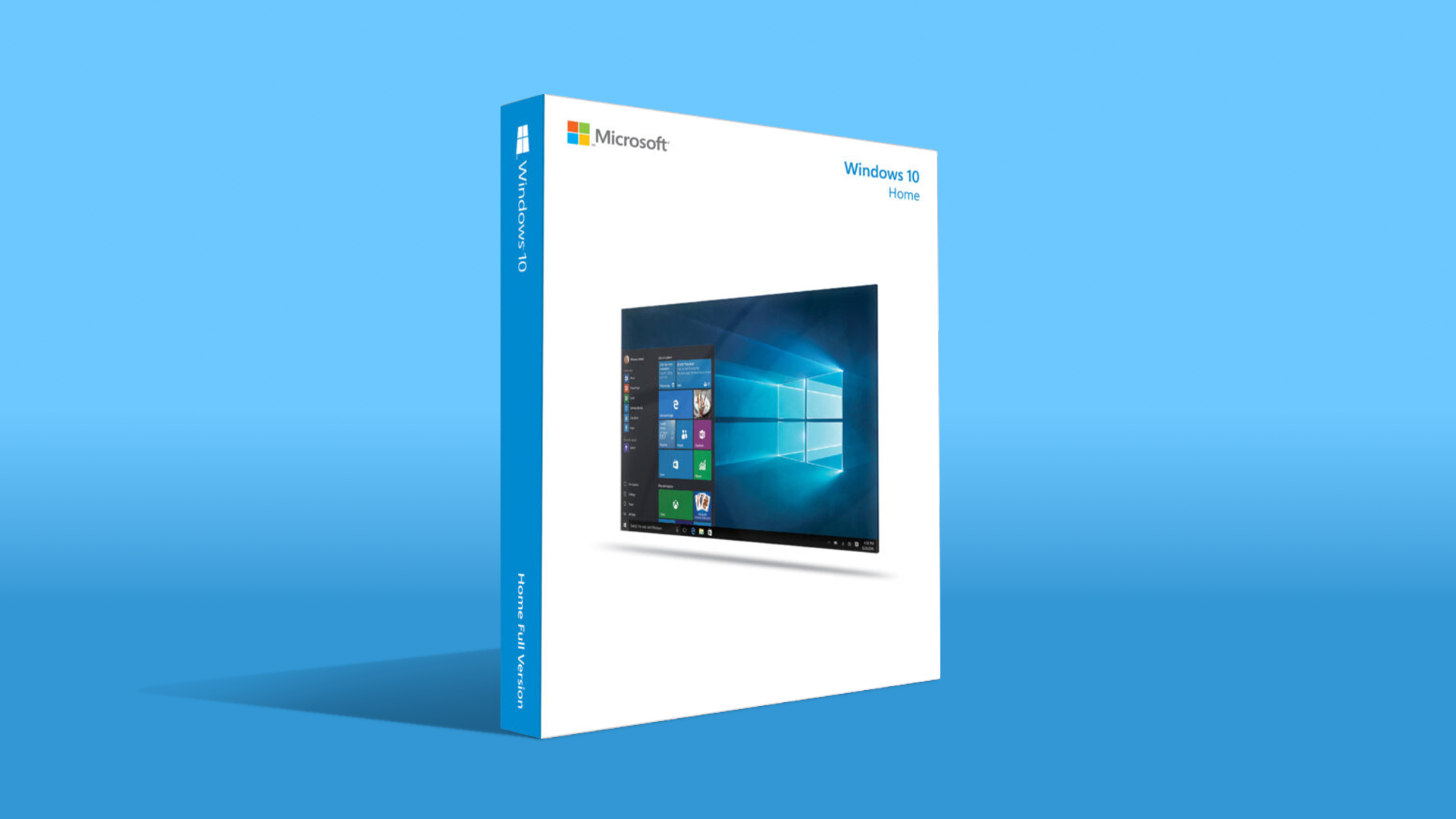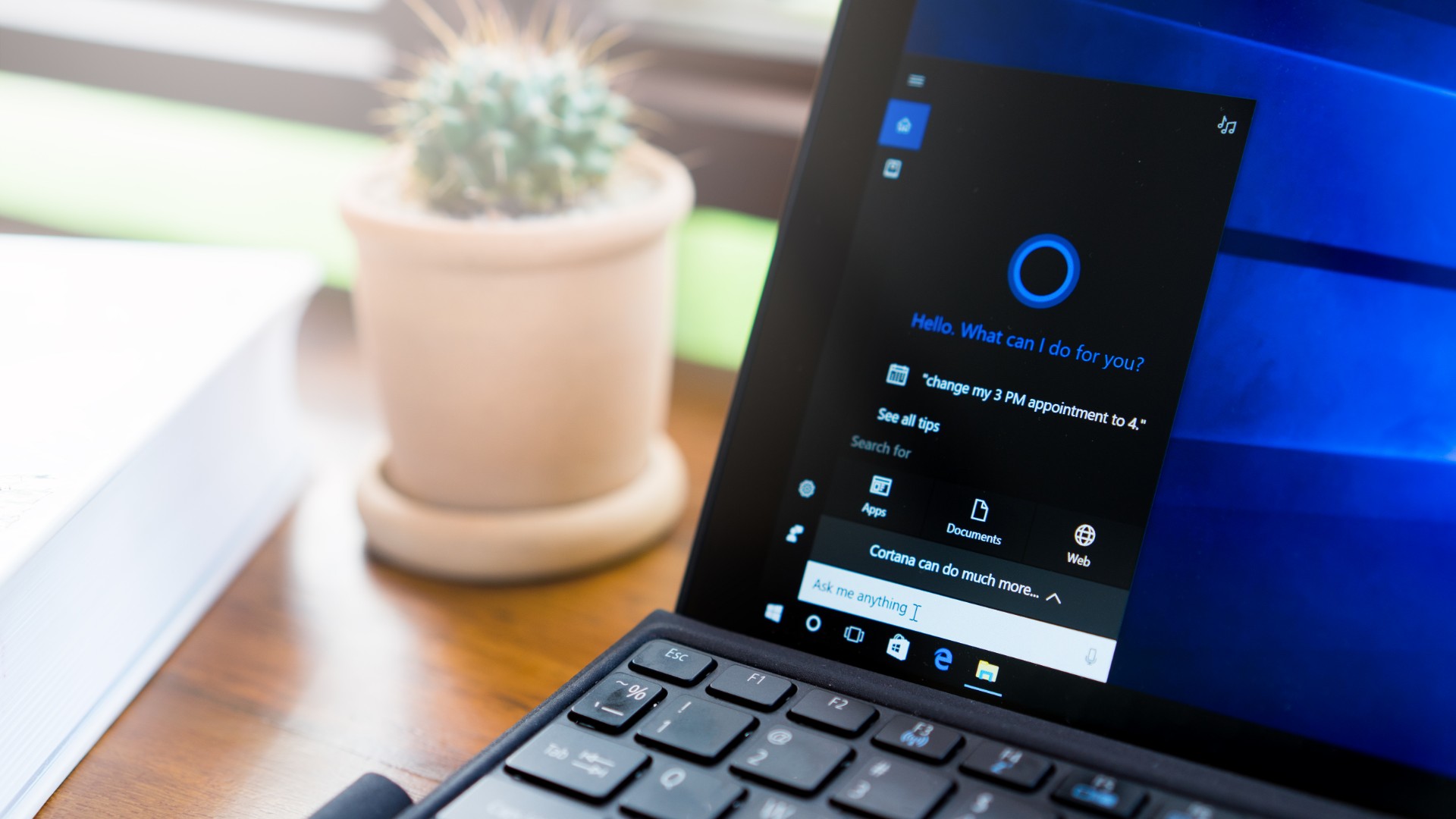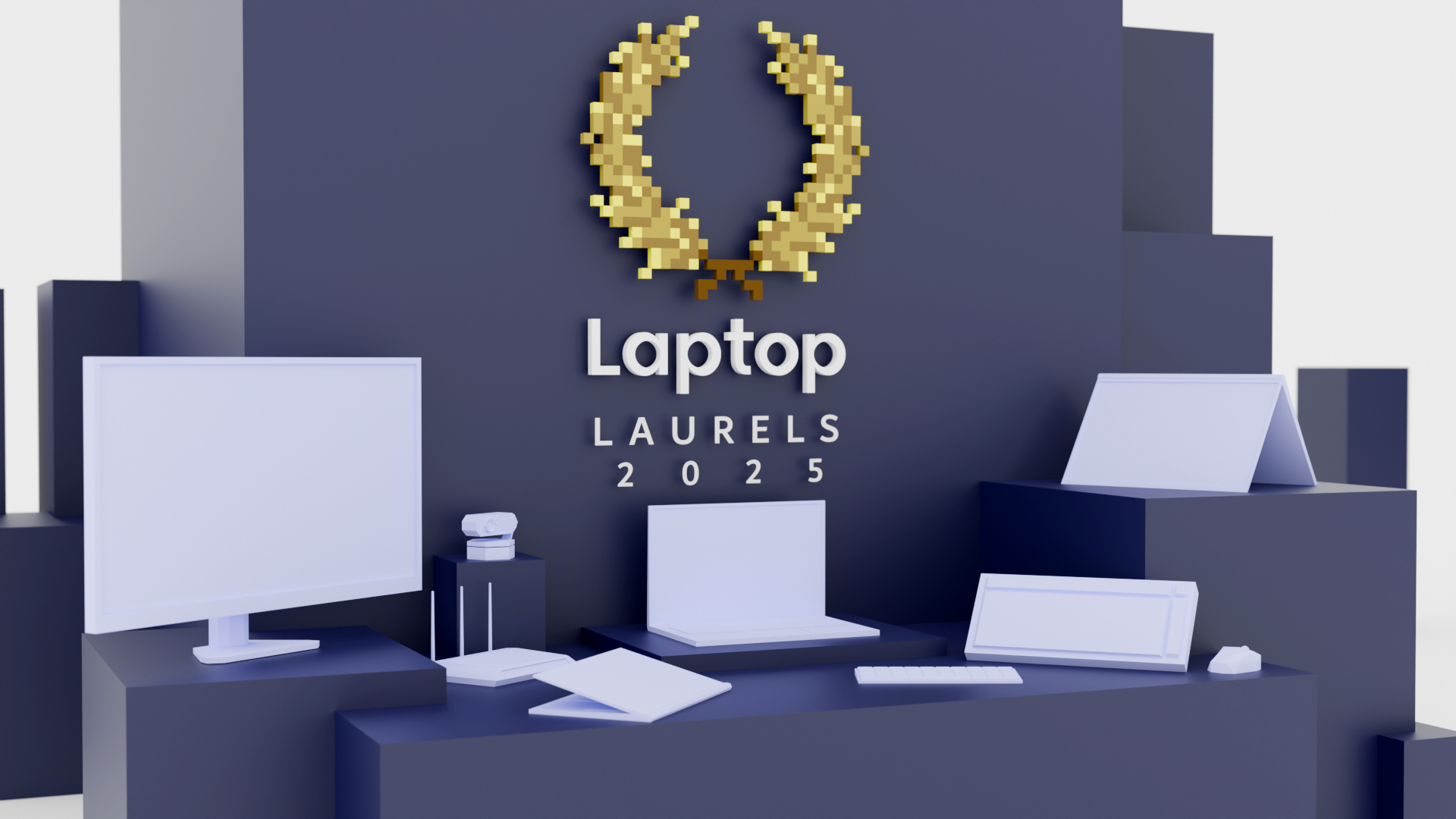This secret version of Windows 10 still gets updates until 2032
No Copilot, no ads, no bloat, no AI — and seven extra years of official support. It sounds too good to be true, but there's a reason most haven't heard of it.

Microsoft won't advertise it, and you're highly unlikely to stumble across it by accident, but there's a version of Windows 10 that drops the ads, the AI, and will be officially supported for years to come — long after most are forced to upgrade to Windows 11.
For those unaware, Windows 10 is due to be retired by Microsoft on October 14, 2025. Beyond this date, the operating system will lose access to any technical support, future feature drops, and vital security updates.
While your computer will run as normal, and you don't actually need to leave Windows 10 behind, any potential system vulnerabilities discovered after the end-of-support date will remain exploitable forevermore. It'll be open season on your data, hardware, and privacy, and your copy of Windows will be about as secure as a piñata at a party packed with sugar-lusting Little Leaguers.
Microsoft's ideal solution is for Windows 10 users to upgrade to Windows 11. Those whose devices don't meet the operating system's minimum specs can alternatively opt into the company's Extended Security Updates (ESU) program, which offers regular consumers an extra year of security updates for $30.
However, there's one group of Windows 10 users this doesn't apply to. In fact, those running this particular version of Windows 10 might be among the happiest of all. At a glance, it appears to be the operating system that dreams are made of.
- A near-stock version of Windows 10, without the ads or bloat.
- No Copilot, no AI, not even Cortana.
- And up to seven more years of official security updates, ending in 2032.
This version of Windows 10 sounds like the one many have been wishing for, but in true monkey's paw fashion, the real cost of that wish isn't immediately clear.
Getting it isn't easy. Running it comes with its own consequences. And using it means stepping into a sealed room where time stopped ticking in 2021 — for better or worse.
I'm talking, of course, about Windows 10 21H2 LTSC.
What is Windows 10 LTSC?
Windows 10 LTSC (Long-Term Servicing Channel) is a special, stripped-down version of Windows 10 designed primarily for embedded systems that don't need the usual array of features found in the typical desktop experience.
Think hospital equipment, factory machines, ATMs, and even those touchscreen kiosks at McDonald's. LTSC versions of Windows 10 are typically installed on machines that serve a single purpose and can't afford any software surprises that might throw a sudden wrench in the works.
To that end, Windows 10 LTSC doesn't receive any feature updates or flashy redesigns — just a quiet stream of security and stability fixes.
It's the version of Windows 10 Microsoft never wanted you to use, and, even though it's entirely capable, it was never designed to run your laptop or desktop machine. Still, that doesn't mean you can't do it anyway.

Windows 10 LTSC: The price of "perfection"
Windows 10 LTSC offers a streamlined experience that many users might find deeply appealing. No ads, no Microsoft Store, and no Copilot in sight.
It's a pure, undiluted shot of Windows 10 — a snapshot of the operating system before Microsoft began meddling with how users liked it.
Factor in the platform's extended support, running until January 12, 2027 for the 2021 LTSC release; and up to January 13, 2032 for the 2021 IoT Enterprise LTSC, and you've got a shimmering beacon of hope for those seeking a secure way to continue using Windows 10 long after its mainstream October 14 end-of-support date.
But not all that glitters is gold.
The first hurdle? You'll need to get your hands on it. LTSC editions aren't available through standard retail channels like Home and Pro editions. They typically require a volume licensing agreement with a minimum purchase of five licenses, which can push the price of switching through the roof.
That said, ISOs are readily available online, and OEM keys for Windows 10 IoT Enterprise LTSC can be found through grey market retailers, completely cutting out the middleman at a fraction of the price (albeit with the usual risks).
Compatibility is another looming issue. While versions of Windows 10 LTSC have years of official support ahead of them, Windows 10 is still approaching its mainstream end-of-support date, and support for the regular Windows 10 21H2 edition ended years ago, meaning certain software or drivers may drop support for the operating system in future updates, leaving your longer-lasting operating system to slowly decay through digital attrition.
Windows 10 LTSC: Is it worth it?
On paper, Windows 10 LTSC is everything users could ask for. It's a safe haven to continue using their favored operating system with peace of mind, a bloat-free experience that does away with all but the basics, and a restore point positioned right before Microsoft dove into AI with both feet first and never looked back.
But it's also a version of Windows you were never really supposed to have, perhaps for a reason.
Yes, you can use it. But it comes with caveats: a frozen feature set, a licensing process that can range from ludicrously expensive to ethically murky, and the knowledge that while Microsoft is obliged to support the platform with updates for several years, third-party developers aren't. Compatibility headaches could lie further down the road.
Still, for aging hardware that doesn't fit the Windows 11 mould, securing a Windows 10 LTSC key could be the difference between longer life and landfill.
More from Laptop Mag

Rael Hornby, potentially influenced by far too many LucasArts titles at an early age, once thought he’d grow up to be a mighty pirate. However, after several interventions with close friends and family members, you’re now much more likely to see his name attached to the bylines of tech articles. While not maintaining a double life as an aspiring writer by day and indie game dev by night, you’ll find him sat in a corner somewhere muttering to himself about microtransactions or hunting down promising indie games on Twitter.
You must confirm your public display name before commenting
Please logout and then login again, you will then be prompted to enter your display name.
